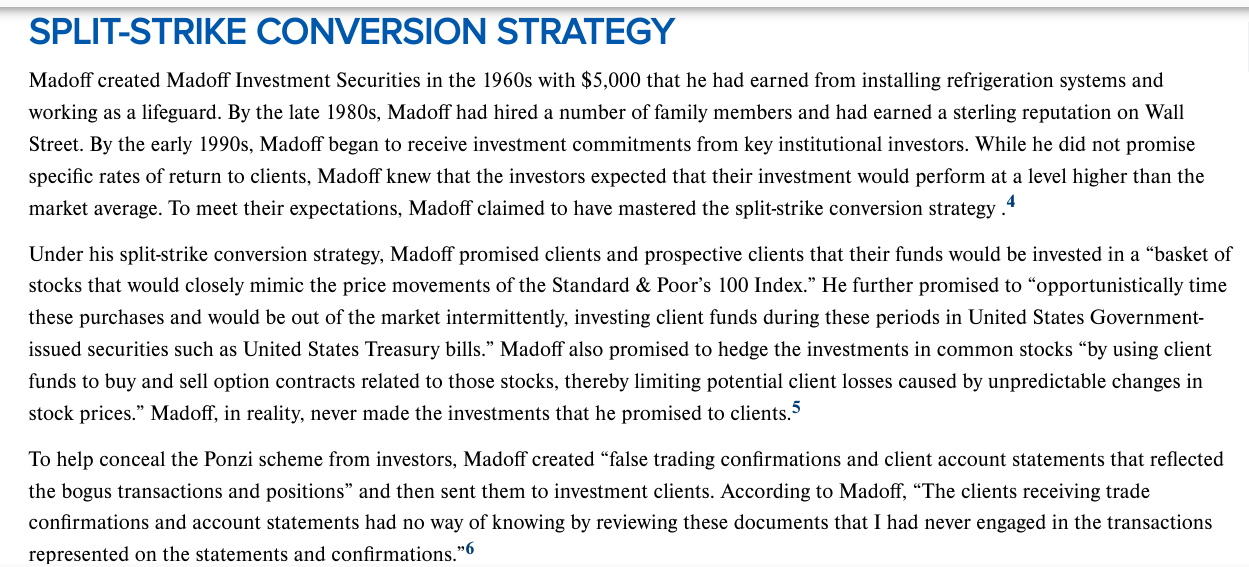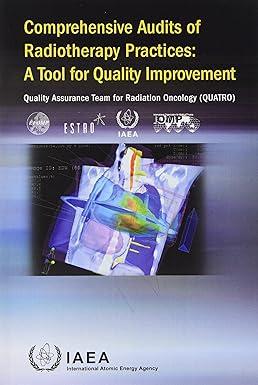Question
Review the mini-case located in the Case section of our text (C 37) and provide some insight on the following questions. 1. Briefly summarize the
Review the mini-case located in the Case section of our text (C 37) and provide some insight on the following questions.
1. Briefly summarize the steps necessary to audit the revenue cycle. Please incorporate the audit risk model in your response.
2. Refer to the fundamental principles governing an audit (see chapter 2). Under the responsibilities principle, auditors are required to exercise due care and maintain professional skepticism throughout the audit. Based on the case information, do you believe that the auditors from Friehling & Horowitz exercised due care and maintained professional skepticism throughout the audit? Why or why not?
3. After the Madoff case, the SEC instituted a number of reforms to its operations. Please visit the SEC's website (www.sec.govLinks to an external site.) and search for Post-Madoff reforms. Next, please identify the two reforms that you believe will have the best chance of catching a criminal like Madoff. Make sure you provide justification for your choices.



A Ponzi scheme is any fraudulent investment plan that pays its returns to an investor from either that investor's own principal or principal paid by future investors, not from legitimate investment returns. To carry out his plan, Bernie Madoff represented to clients and potential clients that he used an innovative split-strike conversion strategy to invest their money. In so doing, he claimed to invest their money in "shares of common stock, options and other securities of well-known corporations, and upon request, would return to them their profits and principal." 2 In fact, Madoff never invested the funds in the securities that had been promised. Rather, the funds were deposited into a bank account at Chase Manhattan Bank, based in New York City. If clients requested to receive "profits earned" or redeem their investment principal, Madoff merely used the money in the bank account at Chase Manhattan Bank that had belonged to either that client or other clients to pay off the requested sum. 3 Bernard L. Madott: I he rraud of the Century On December 11, 2008, Bernie Madoff was arrested on one count of securities fraud. The arrest came one day after Madoff admitted to his two sons that his entire investment advisory business was just one big Ponzi scheme. In the early part of 2009, Madoff pled guilty to 11 counts of fraud, perjury, and money laundering. As a result, Madoff was sentenced to 150 years in prison. And although his lawyers are trying to secure his release from prison due to medical issues, he is likely to die in prison. How did Madoff defraud investors out of as much as $65 billion? This case provides an overview to how Madoff was able to commit the Fraud of the Century. 1 Madoff created Madoff Investment Securities in the 1960s with \$5,000 that he had earned from installing refrigeration systems and working as a lifeguard. By the late 1980s, Madoff had hired a number of family members and had earned a sterling reputation on Wall Street. By the early 1990s, Madoff began to receive investment commitments from key institutional investors. While he did not promise specific rates of return to clients, Madoff knew that the investors expected that their investment would perform at a level higher than the market average. To meet their expectations, Madoff claimed to have mastered the split-strike conversion strategy.4 Under his split-strike conversion strategy, Madoff promised clients and prospective clients that their funds would be invested in a "basket of stocks that would closely mimic the price movements of the Standard \& Poor's 100 Index." He further promised to "opportunistically time these purchases and would be out of the market intermittently, investing client funds during these periods in United States Governmentissued securities such as United States Treasury bills." Madoff also promised to hedge the investments in common stocks "by using client funds to buy and sell option contracts related to those stocks, thereby limiting potential client losses caused by unpredictable changes in stock prices." Madoff, in reality, never made the investments that he promised to clients. 5 To help conceal the Ponzi scheme from investors, Madoff created "false trading confirmations and client account statements that reflected the bogus transactions and positions" and then sent them to investment clients. According to Madoff, "The clients receiving trade confirmations and account statements had no way of knowing by reviewing these documents that I had never engaged in the transactions represented on the statements and confirmations." 6
Step by Step Solution
There are 3 Steps involved in it
Step: 1

Get Instant Access to Expert-Tailored Solutions
See step-by-step solutions with expert insights and AI powered tools for academic success
Step: 2

Step: 3

Ace Your Homework with AI
Get the answers you need in no time with our AI-driven, step-by-step assistance
Get Started


